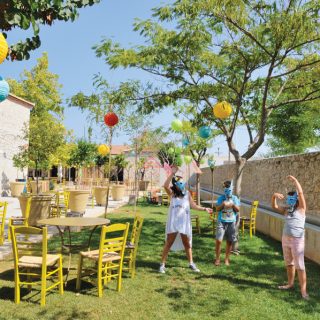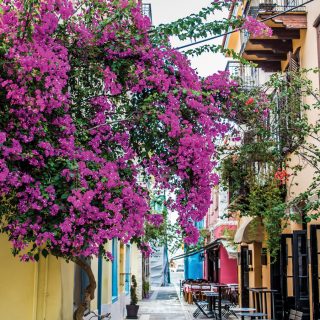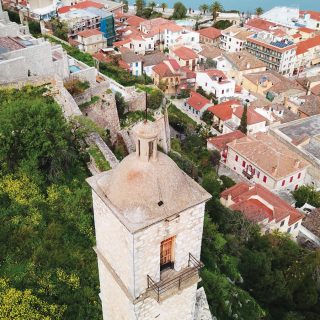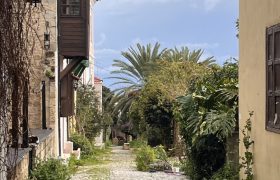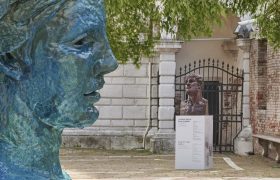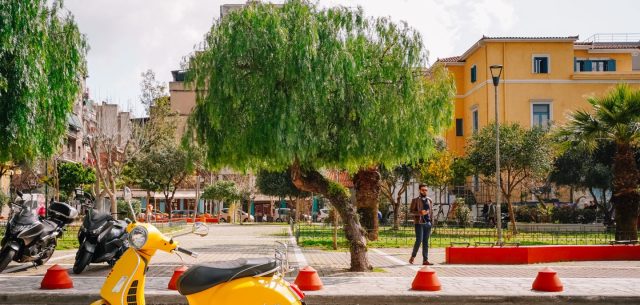5 reasons why you should visit Nafplio
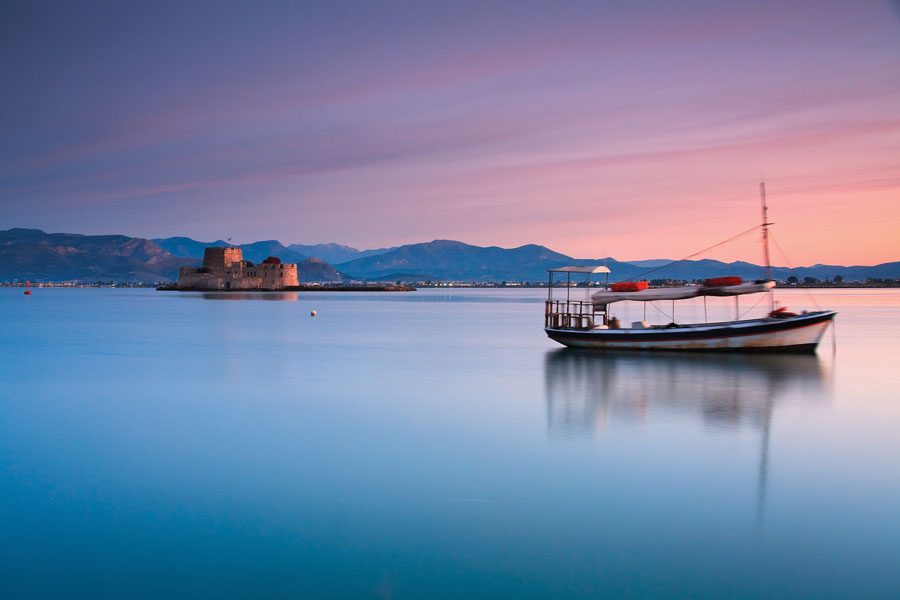
This little coastal gem in the Peloponnese was Greece’s first capital. Its stunning architecture, layered history, cultural outposts and its laidback vibe make Nafplio the perfect getaway destination.
Ethel Dioulambaka suggests five compelling reasons to visit.
#01. IT IS CONSIDERED TO BE ONE OF THE MOST ROMANTIC CITIES IN GREECE
With bougainvillaeas cascading down its medieval castles, Byzantine churches, Turkish fountains and mosques and stately neoclassical buildings, Nafplio marries old-world charm with stunning architecture. Get lost in its maze of narrow streets and alleys. Trust us, this little town has plenty of hidden corners all more photogenic than the next, and it is not surprising that it is considered one of the prettiest and most romantic destinations in Greece.
#02. IT IS THE PERFECT BASE TO EXPLORE THE SURROUNDING SIGHTS
Just two hours away from Athens, Nafplio is also conveniently located near a plethora of ancient sites and cities worth exploring. For anyone wanting to explore the Peloponnese, Nafplio is the best base to explore the region. If you love wine, for example, you will love the fact that Nafplio is near the Nemea region and its famed wineries. The archaeological sites of Ancient Tyrins and Mycenae, home of King Agamemnon, as well as Epidaurus and its stunning ancient theatre and even Corinth are all a quick drive away, making it a great central point to venture from.
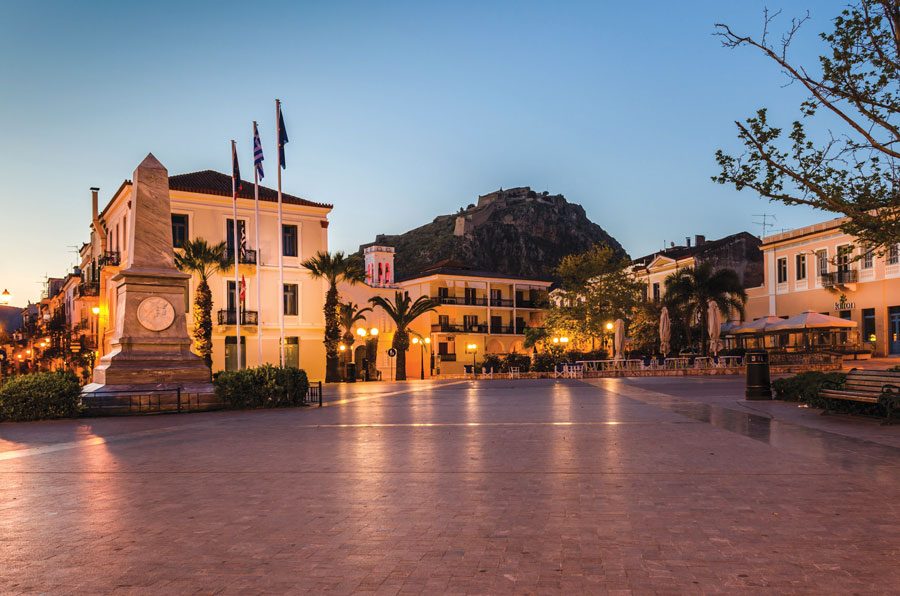
#03. IT WAS THE FIRST CAPITAL OF THE NEWLY ESTABLISHED GREEK STATE
Did you know that Athens wasn’t always the capital of Greece? In fact, after the Greek War of Independence, which ended more than 400 years of Ottoman occupation, Nafplio served as the capital of the First Hellenic Republic and the Kingdom of Greece from roughly 1822 to 1834. Indeed, during the war, Nafplio was an important Ottoman stronghold, It finally surrendered and thanks to the impressive fortifications still standing today, it became the home of the provisional government, when the independence of the country was recognized in 1828. Though the city was only made officially the capital of Greece in 1829, it remained so until the establishment of the new Kingdom of Greece in 1832, which was established at the Convention of London by the Great Powers and headed by King Otto, a Bavarian prince. The King later decided to transfer the capital to Athens, in 1834.
#04. IT HAS IT ALL
Nafplio has it all indeed. While being perfect for walks, it is extremely bike-friendly and many hotels offer bike rentals for cheap. Besides its castles and churches, there are also interesting sightseeing opportunities in Nafplio, including the Archaeological Museum of Nafplio, the War Museum, housed in the buildings of the first military academy, and the Komboloi Museum, where one can learn all about worry beads. The Fougaro cultural centre, located 3 kilometres outside of town, is also a great stop for an art exhibition or a jazz concert before enjoying a delicious dinner at the on-site restaurant. Nafplio is also home to traditional tavernas to modern eateries serving Greek cuisine with a modern twist. Don’t miss the chance to stop by the Antica Gelateria di Roma to end your day on a high and sweet note. If you visit Nafplio during the summer, don’t forget your swimming gear! There are several beaches nearby, including the most popular one, Arvanitia, a pebbly beach easily accessible by foot via a paved promenade. Karathonas, Kiveri and Nea Kios are all nearby beaches within a 20 to 30-minute drive. So, seriously, what are you waiting for?
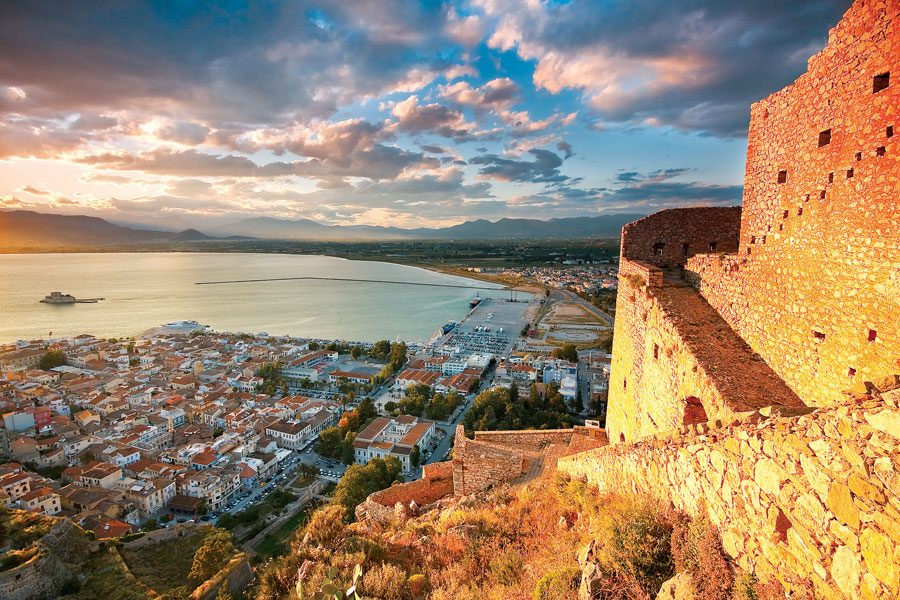
#05. ITS LAYERS OF RICH HISTORY
Nafplio also boasts a rich past since it was first inhabited during Classical Antiquity. The walls of Acronauplia, which still stand to this day above the modern city, are a perfect testimonial to this. Up until the 13th century, this ancient part of town was inhabited, The city was later fortified by the Franks. Under Venetian rule, from 1388, the lower city expanded and the water castle (the Bourtzi) on the islet of Agios Theodoris was built. Around 1685, the Venetians retook the city from the hands of the Ottomans and constructed the Palamidi fortress to strengthen the new capital of the Venetian Kingdom of the Morea. But the city fell back into the hands of the Turks in 1715, until it was captured by the Greek forces led by Staikos Staikopoulos in November 1822. And the rest is history as they say.

